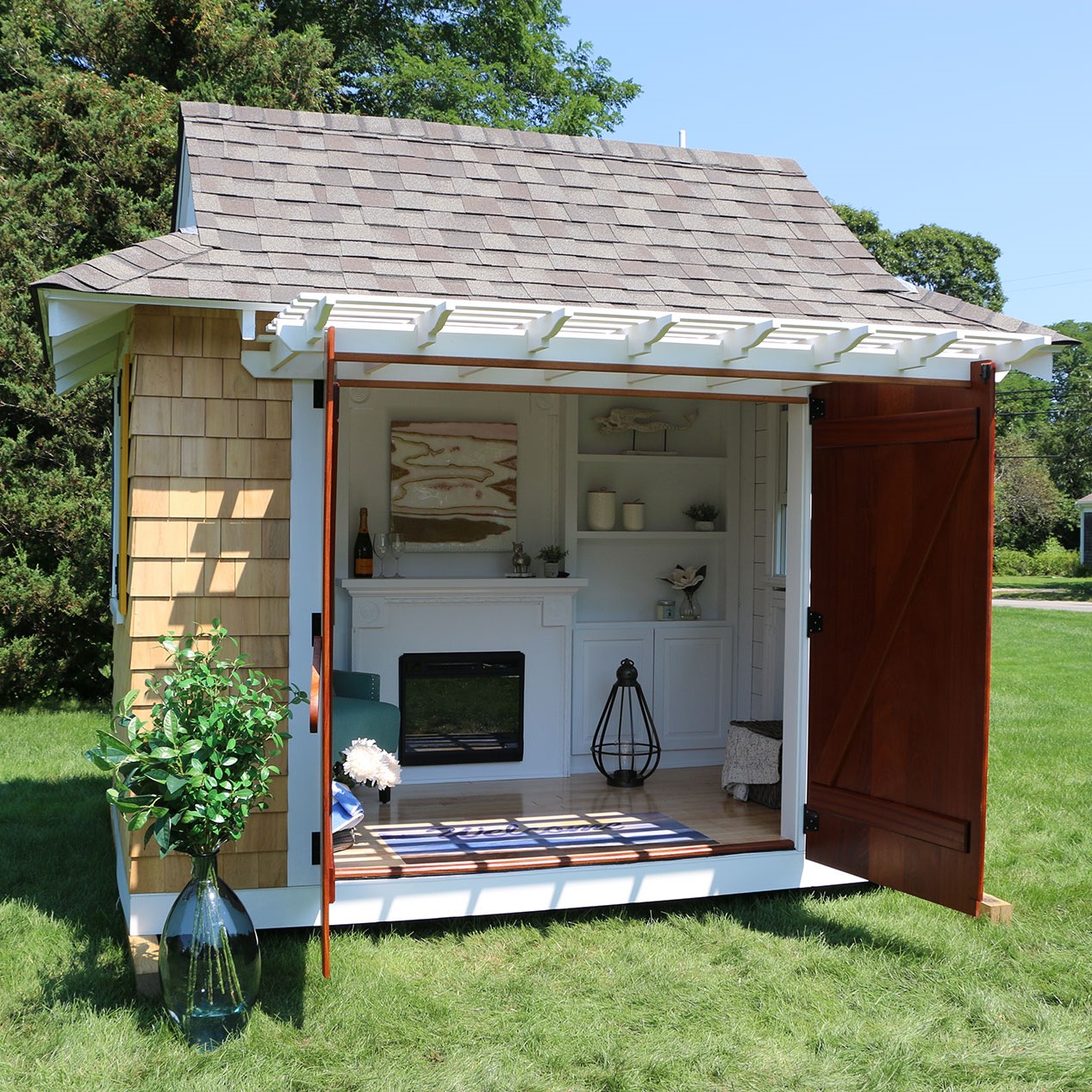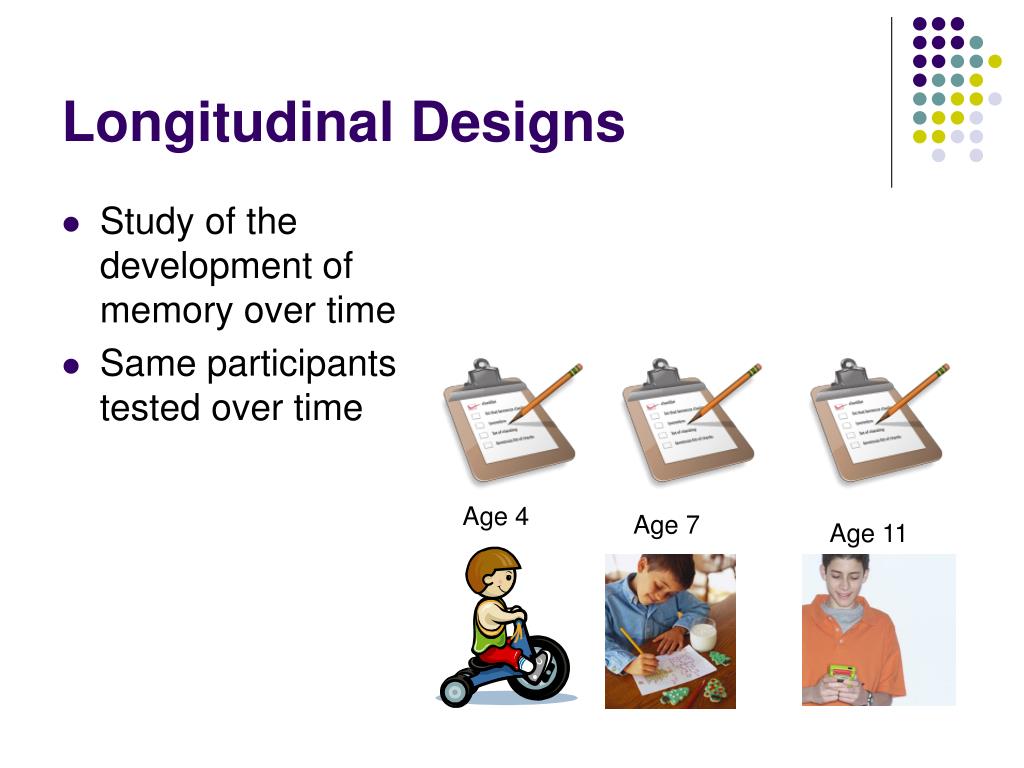Table Of Content

Some monitoring devices are also equipped with alcohol detection technology called SCRAM. Newer GPS ankle monitoring services have microphones and electronic surveillance capabilities as well, but it is extremely rare to find them used as recording devices. The benefits of electronic monitoring systems include reduced jail overcrowding, lower costs for law enforcement, and a quicker return to work for those on parole or probation. These systems also provide more flexibility for parolees who may need to maintain a job or support their families while still being monitored by the criminal justice system. In addition, this type of surveillance gives offenders the opportunity to remain in their communities, which can help them reintegrate back into society more easily than if they were incarcerated in a prison facility.
Legal Separation
House arrest is an alternative to being in a prison while awaiting trial or after sentencing. “House arrest” can be misleading as people are allowed to leave their homes even if they are on house arrest. In fact, there is typically a designated radius around the house that includes the person’s outdoor property where they can still go. Depending on the technology, this could be anywhere between 50 and 150 feet.
Office of Justice Programs
In most cases the prosecutor in the criminal case will make a recommendation for sentencing, but it is up to the judge to decide whether the offender is eligible for house arrest. One role of a criminal attorney is to illustrate why their client is a good candidate for house arrest. Judges have imposed sentences of home confinement, as an alternative to prison, as far back as the 17th century. Authorities often used house arrest to confine political leaders who were deposed in a coup d'état, but this method was not widely used to confine numerous common criminals. Different counties may have different rules regarding house arrest sentences. A local attorney may be up to date on all the eligibility requirements for house arrest in the defendant’s county.
Cost-effectiveness
The SCRAM device is a type of electronic monitoring that is sometimes imposed as a California DUI penalty. Along with the stigma of wearing an ankle monitor—and the difficulty of getting or keeping some jobs when you’re wearing one—you’ll usually have to pay a daily fee for the privilege. “Viewing electronic surveillance as an alternative to incarceration furthers and perpetuates a dangerous false binary between incarceration or monitoring and ignores an obvious third option, which is freedom,” she said.
Berlin teacher out of jail but court orders home detention - Courier Post
Berlin teacher out of jail but court orders home detention.
Posted: Fri, 26 Apr 2024 14:11:58 GMT [source]
Only attorneys practicing at least three years and receiving a sufficient number of reviews from non-affiliated attorneys are eligible to receive a Rating. Martindale-Hubbell validates that a reviewer is a person with a valid email address. The option of home detention is commonly used with or instead of bail, or as a condition of probation or parole. “Electronic monitoring can provide a little bit of extra something to monitor that person for a period of time if we decide that we’re ready to give them a chance in the community,” Mitchell said.
Is Doxxing Illegal? Personal Information Revealed Online
Under home confinement or home detention, the offender is confined to the home for most hours, with stated exceptions for school, work, religious services, medical or drug treatment, or food shopping. These exceptions are generally specified in advance and strictly enforced. The latter two forms of house arrest are often enforced through electronic surveillance via a device placed on the offender’s ankle, thus enabling his or her presence or absence from the home to be monitored very closely. Each of these forms of house arrest can be imposed at almost any stage of the criminal justice system and is used for various purposes. Typically, an individual on house arrest must adhere to certain restrictions established by the court. These may include a curfew, restrictions on leaving the home, restrictions on visitors, and other conditions as deemed necessary by the court.
Ex-JSO officer accused of inappropriate relationship with teen put on house arrest by federal judge, can't use internet - WJXT News4JAX
Ex-JSO officer accused of inappropriate relationship with teen put on house arrest by federal judge, can't use internet.
Posted: Wed, 24 Apr 2024 14:33:59 GMT [source]
The device can detect tampering or attempted removal, which is also considered a house arrest violation. In addition to the above, house arrest sentencing often includes required community service hours. Once the terms are agreed to, any breach or violation could result in jail time for the offender. There are three scenarios in which a defendant will be eligible for house arrest, conditionally on those factors discussed above. That means that the defendant, during pretrial, decides to exercise their right to trial by a jury. The judge then has to decide where they will remain during the time that they’re awaiting that trial.
Using technology for enforcement

If they break one of these rules, there can be some serious consequences. Because of electronic monitoring, it is easy for law enforcement to catch someone in breach of their house arrest conditions. Also, these monitoring systems are high-tech, so any attempt to tamper with or remove the bracelet is also electronically reported and would be considered a violation. When a defendant is convicted of certain offenses, he or she may be given the opportunity to request a sentence of house arrest rather than confinement in jail. If the request is granted, the defendant will receive an order that lists the restrictions that will accompany their sentence.
After the permitted activity, such as a shift at work, the individual must return home immediately. Additionally, these permitted excursions can only occur during set hours each day. Visiting even pre-approved locations outside curfew would be classified as a breach. House arrest is a form of detention in which a person is confined to their residence for a specified period of time, typically as a result of a criminal conviction. The use of house arrest is governed by various state and federal laws, including the Bail Reform Act of 1984 and the Sentencing Reform Act of 1984. For those who are contemplating a plea deal, your attorney might suggest house arrest to the prosecutor in negotiations.
Alternative sentences like house arrest are a way of diverting non-violent, first time offenders away from jails and prisons. That leaves more room in those facilities for more violent, repeat offenders who would not be candidates for house arrest. House arrest that is used as a method of pretrial confinement will only last until the conclusion of the trial.
House arrest doesn't necessarily confine the offenders to their homes for 24 hours a day, 7 days a week. In some cases, offenders may be permitted to go to work and school, attend religious services, and go to medical appointments or court-ordered treatment. Home confinement can be more restraining, of course, depending on the specifics of the confinement and the infraction. Depending on the case, conditions might include curfews, travel restrictions, no-contact orders, or alcohol or drug testing. All ankle monitoring services are waterproof and are capable of withstanding high levels of water pressure. Most ankle monitors used in house arrest cases are now equipped with a global positioning system (GPS), meaning that the wearer’s location is always known.
The sentence may be only for two weeks for lesser crimes, whereas for more serious offenses, it could see the offender under home detention for twelve months. For pretrial house arrest, the order will only last until the trial ends and an official sentence, if applicable, has been given. However, violating any conditions of house detention can result in immediate arrest and a court order. The judge will then decide on an appropriate punishment, usually through the probation officer’s recommendation. A set location for the activity must be given to ensure the offender’s location and activity can be accurately managed.



















